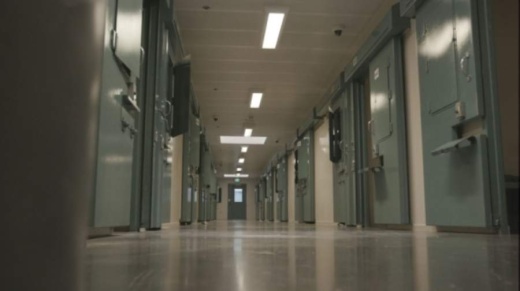In a May 19 presentation to the Travis County Commissioners Court, Austin-Travis County Interim Health Authority Mark Escott shared Austin Public Health’s partnered efforts with the Travis County Sheriff Sally Hernandez to mitigate coronavirus risks within the county jail, including increased testing.
“We anticipate in the future we will be able to test more people in the jail as [the availability of] testing improves,” Escott said.
Escott will meet with Hernandez and other relevant parties to discuss ramping up testing later this week, he said, and will hear recommendations from state jail authorities for targeted testing of asymptomatic individuals within facilities. As it stands, the jail’s policy is to test new inmates who present symptoms during an initial 14-day isolation period, which is required for all newly incarcerated persons.
There are already fewer new inmates since the pandemic began to escalate locally; the Travis County Sheriff’s Office altered protocol beginning March 13 to reduce in-person service, focusing on occasions such as those that present an “active disturbance,” or that have a potential for injury. Other services are being handled over the phone when possible. Deputies have also refrained from “proactive” enforcement, such as traffic and warrant arrests, to reduce person-to-person contact between deputies and community members.
In a March 14 memo to local police chiefs, Hernandez announced her office’s strategy, and encouraged other local enforcement leaders to take similar steps.
“As important as it is to keep our staff safe, it is equally important for me to make every effort to keep this virus out of the jail,” Hernandez wrote. “An infection within the confines of our facility could prove catastrophic.”
These measures also included releasing inmates “who didn’t require incarceration,” according to Escott, to reduce crowding and heightened transmission risk. Additionally, visitation policies have changed to prioritize virtual visits to inmates wherever possible. Otherwise, visits take place through a physical barrier such as plexiglass or with face masks and social distancing.
Finally, group activities within the prison have been staggered to decrease numbers of people within rooms.
“I’ve been very impressed with what the sheriff’s department has done to help that effort,” Escott said.





